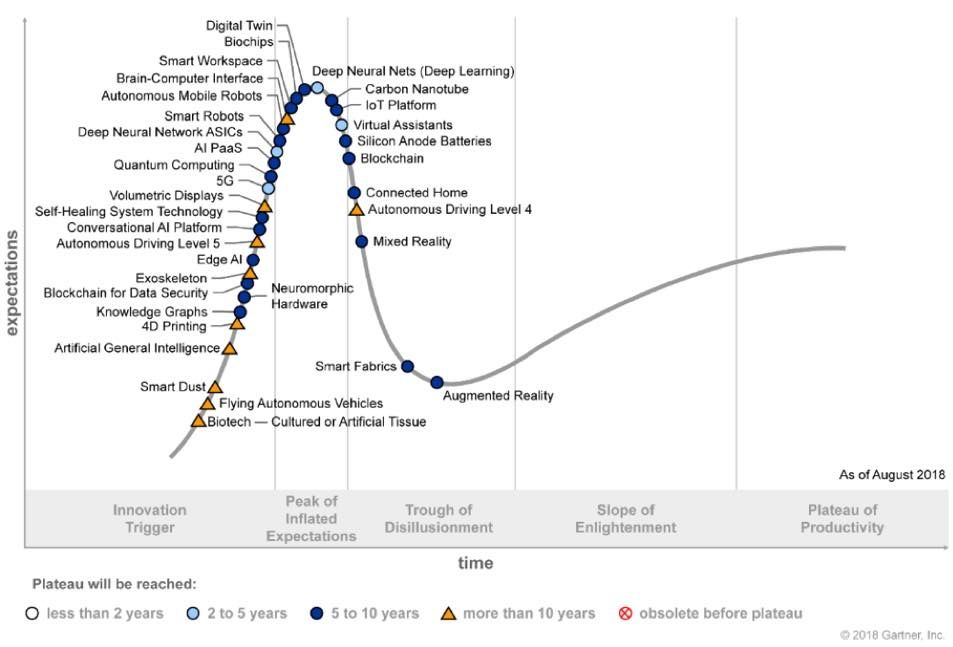Tesla’s Semi truck has already made some city-to-city trips, but how does it fare on cross-country jaunts — you know, what it’ll be doing when it enters service? Just fine, if you ask Elon Musk. In response to an Electrek piece on the Semi’s latest visit (to Arkansas trucking behemoth J.B. Hunt), the CEO noted that the Semi has been traveling thousands of miles entirely by itself, using the existing Supercharger network. The only necessary help is an “extension cord” to help the truck plug in. To be exact, it’s a system of cords that plugs into multiple stations at once to top up the Semi’s giant battery before the company’s Megachargers come online.
That solo travel is likely meant in part to reassure customers (including J.B. Hunt) that the Semi is already capable of handling long-distance trips without escorts. However, it does leave a few open questions. How long does it take to top up using Superchargers, and how likely is it that drivers could rely on them when Megachargers aren’t available? While it’s easy for a Tesla-operated truck to cross the US using the existing framework, it’d be another matter with thousands of third-party trucks in service. This is a significant step toward the Semi hitting the road in earnest, but there are many more steps to go.
What’s cool is that it was driven across the country alone (no escort or any accompanying vehicles), using the existing Tesla Supercharger network and an extension cord— Elon Musk (@elonmusk) August 25, 2018








